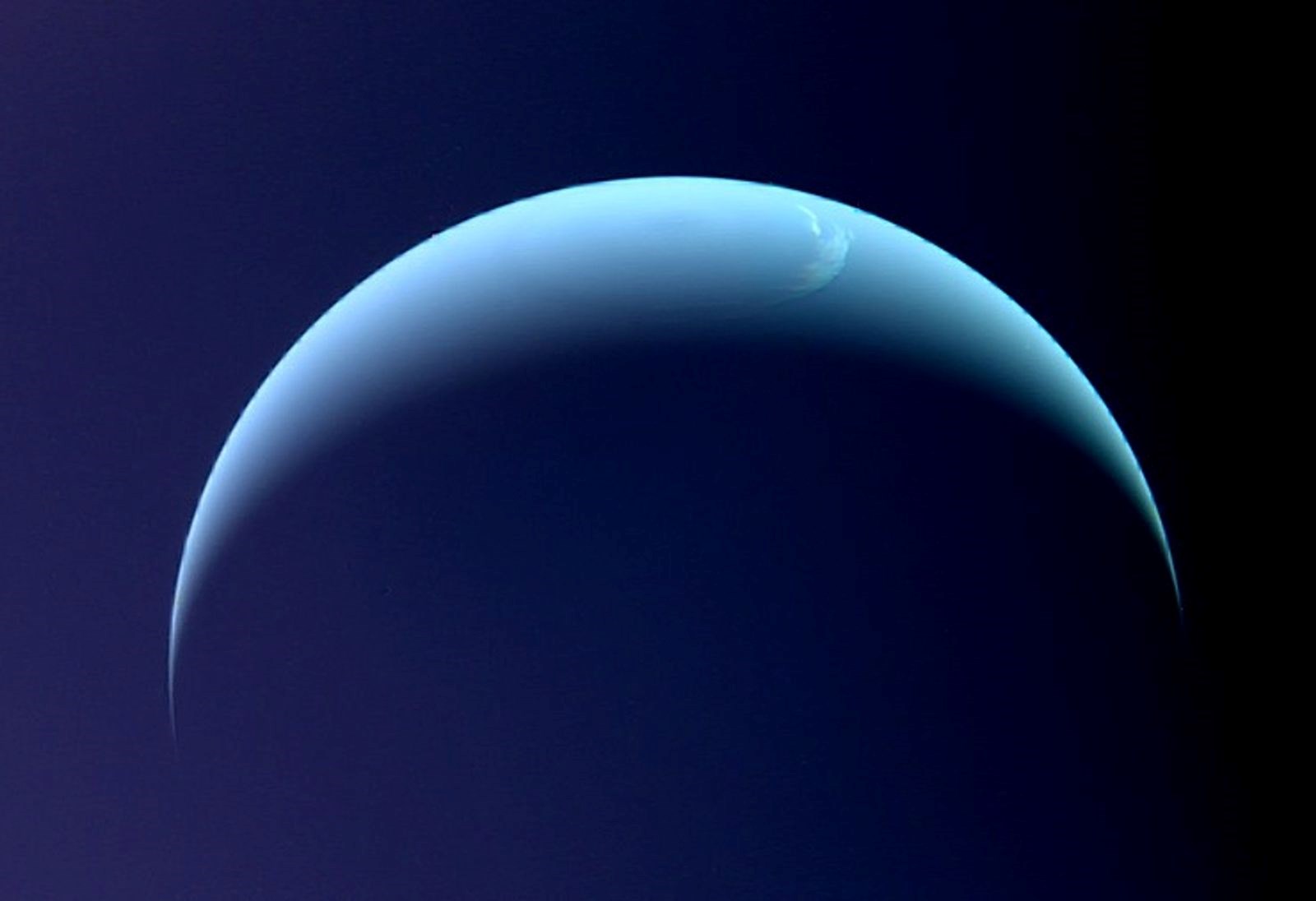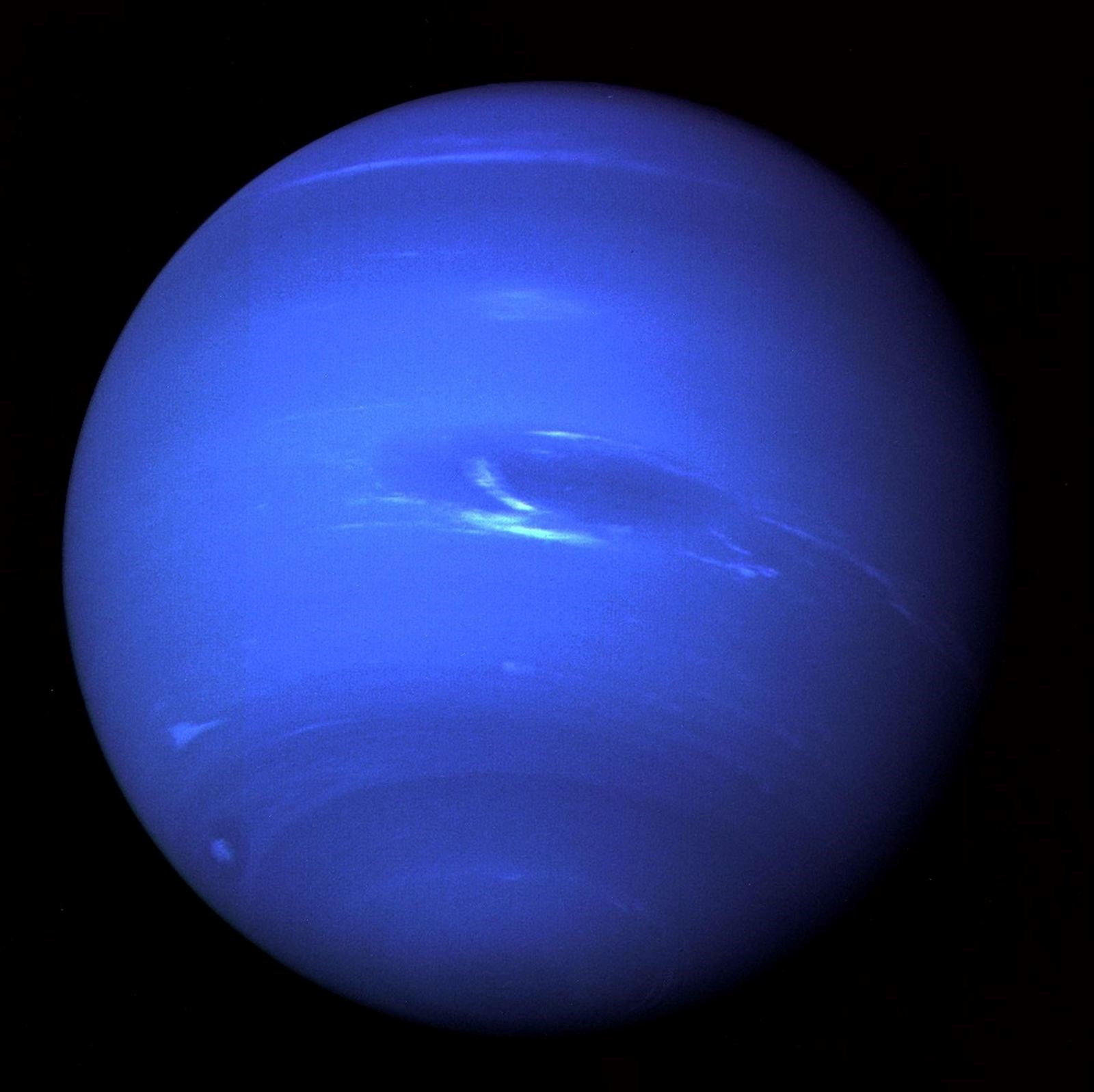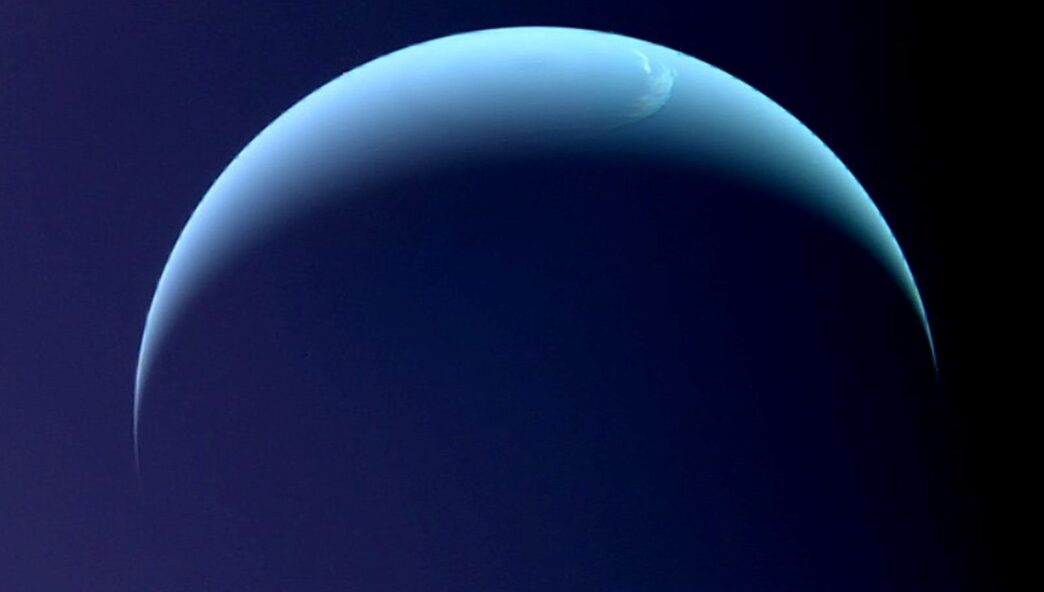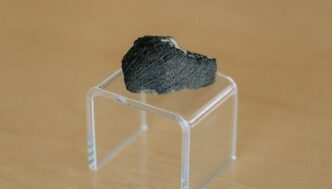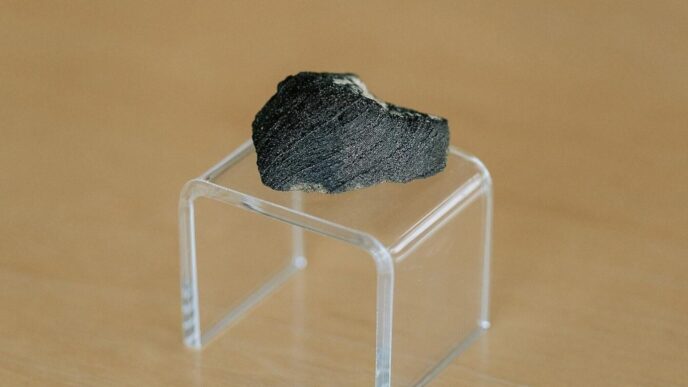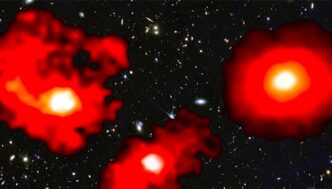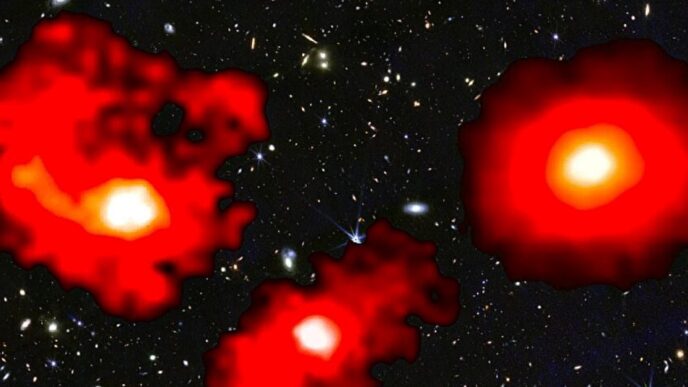NASA’s Voyager 2 probe solved the source of the strong radiation regions it detected near Uranus. The analyses revealed that extreme solar winds compressed Uranus’ magnetosphere, creating abnormal radiation fields around the planet.
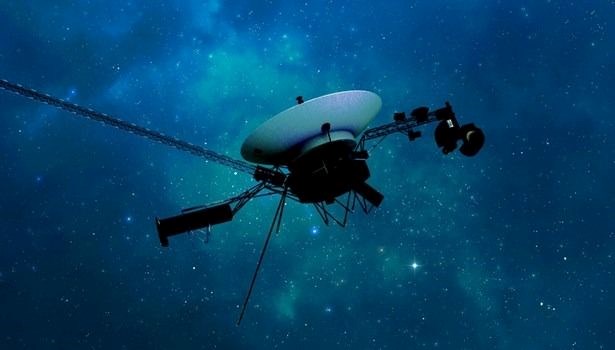
One of these came from the Voyager 2 probe, one of the Voyager vehicles sent into deep space in 1986.
Voyager detected strong radiation as it passed by the ice giant Uranus, a strange world that revolves around itself.
However, the detected radiations remained a mystery for years.
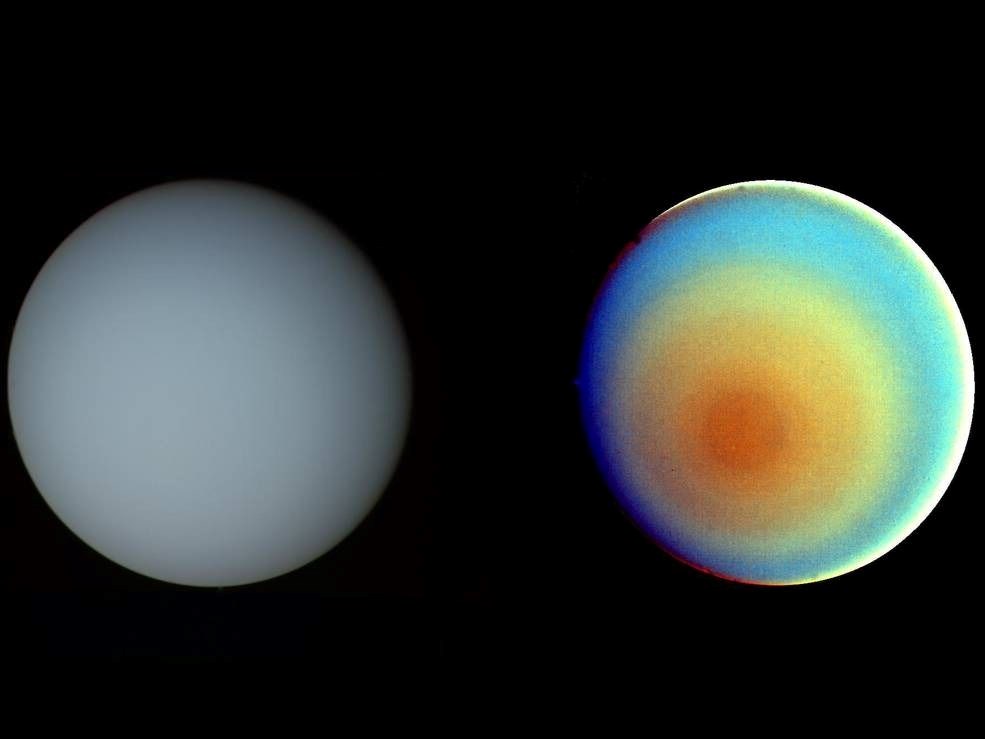
“The Voyager spacecraft saw Uranus in conditions that occur only 4 percent of the time,” said NASA physicist Jamie Jasinski, who led the new research published in the journal Nature Astronomy. he said.

The region or space around the planet that houses the magnetic field Magnetospheres protect the planets from solar storms and winds, but they are compressed by this powerful stream of solar particles.
When the solar wind hit Uranus’ magnetosphere, it compressed the distant planet’s magnetosphere and squeezed out the plasma that naturally surrounds Uranus.
Instead, the solar wind injected its own particles into the radiation belts around Uranus.
These results also suggest that some of Uranus’ five moons are not dead.
